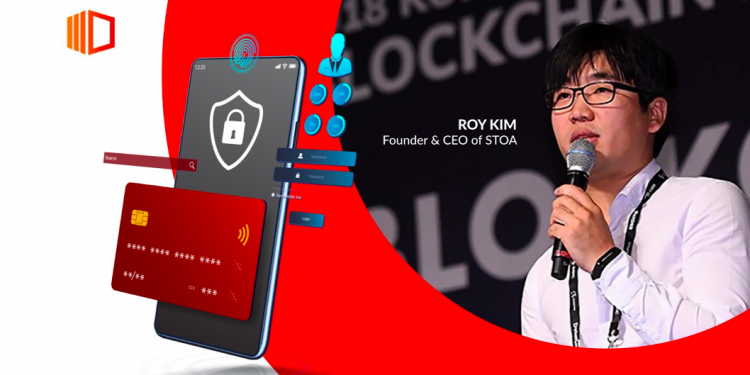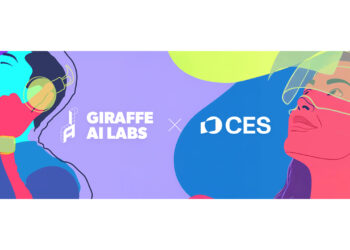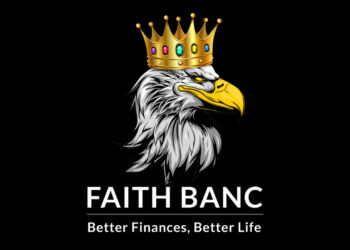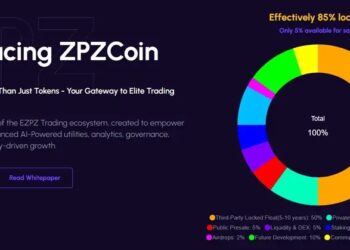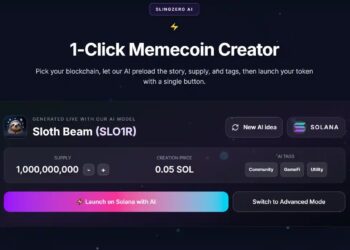Recently, the DeFi STOA Operation Foundation announced on November 9 that it decided to incinerate more than 40% from 3.2 billion won in total issuance, which was previously structurally allocated, to stabilize market prices and settle in an effective product structure.
Since then, market prices have been reevaluated, and have recently risen by more than 30%. In order to confirm that the foundation’s incineration policy was accurately reflected, 700 million units, or more than 10% of the issuance, were incinerated.
As a result, the current total issuance of DeFi STOA was 2.8 billion, which was reflected in smart contracts.
Since DeFi STOA is not a DeFi project for a particular coin, it is known that it will introduce a more advanced form of DeFi swap than atomics swap with a unique swap model called copy swap in the future.
This is called Oracle Swap, and it is characterized by a structure in which decentralized swaps are performed through the STOA pool, but converted into STA by combining autonomous identity and autonomous trust evaluation based on a decentralized asset growth model.
Existing DeFi is a model that swaps or staking specific coins based on BTC or ETH, and DeFi STOA provides a flat-based STA based on major liquidity coins with a unique structure that provides a kind of liquidity buffer for designing DeFi swaps based on STA.
Roy Kim, CEO of DeFi STOA, said, “Buffering the swap pool may sound a little difficult because it’s a technical expression, but to explain it like this. The means of termination of the liquidity or turnover of digital assets should be considered. This is because of the bank run issue.
Most of them say that they achieve autonomous market price stabilization through a pair or packing structure of 1:N of nominal currency or assets, but this only takes into account the theoretically ideal situation and there is a limit to becoming a solution.
The market needs a structure that can coordinate the variable forms of various economic models according to institutional situations as needed. Based on Metcalfe, Reed, and game theory, these solutions are being studied and developed by modifying the DeFi economic model and combining auxiliary devices of STA’s decentralized DeFi buffer swap.”

Most fintech or IT-based companies have many ways to incorporate them into the business ecosystem through the nature of diversification of known models or compensation models, but Defi STOA has been found to build an ecosystem called the original DeFi Mainnet.
Hackers Holdings Co., Ltd., the parent company of the DeFi STOA team, is a rare mainnet model company in Korea that established its own mainnet by delegating DPOR and applied it to the Furychain to confirm the reference. Most companies have existing BTC/ETH-based forks (Porks) or duplicated (fake) mainnetes using sources made on that forked basis.
However, Hackers Holdings Co., Ltd. is a venture company with a strong technology base that achieves technologies that can only be performed within two and a half years, including more than seven blockchain registered patents, experience in PC security enhancement projects of the Ministry of Defense, and experience in producing IoT.
As it is a company that aims for global business, we look forward to the growth of the service and platform ecosystem based on Hackers Holdings’ strong references.
More Info about STOA
Website: http://stoacorp.com/
Twitter: https://twitter.com/defi_stoa
Telegram: https://t.me/defi_stoa_ch_chat


